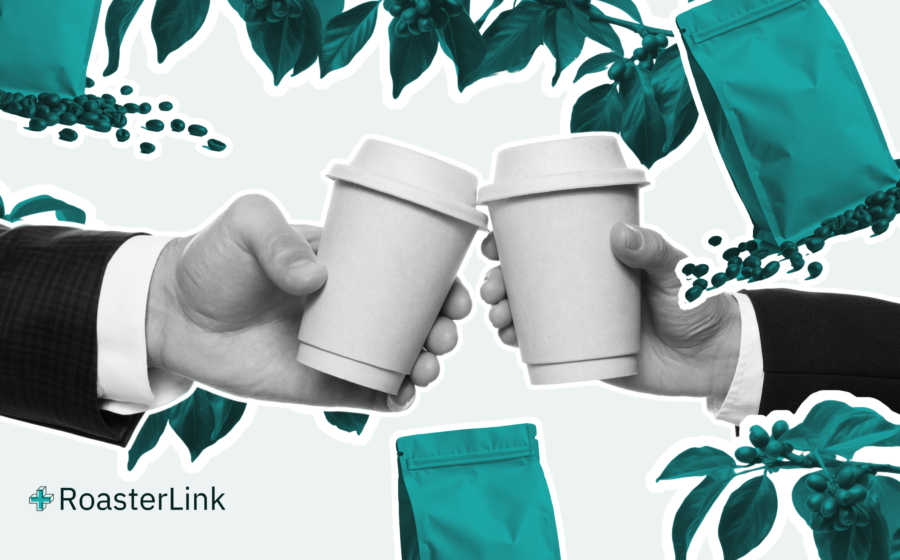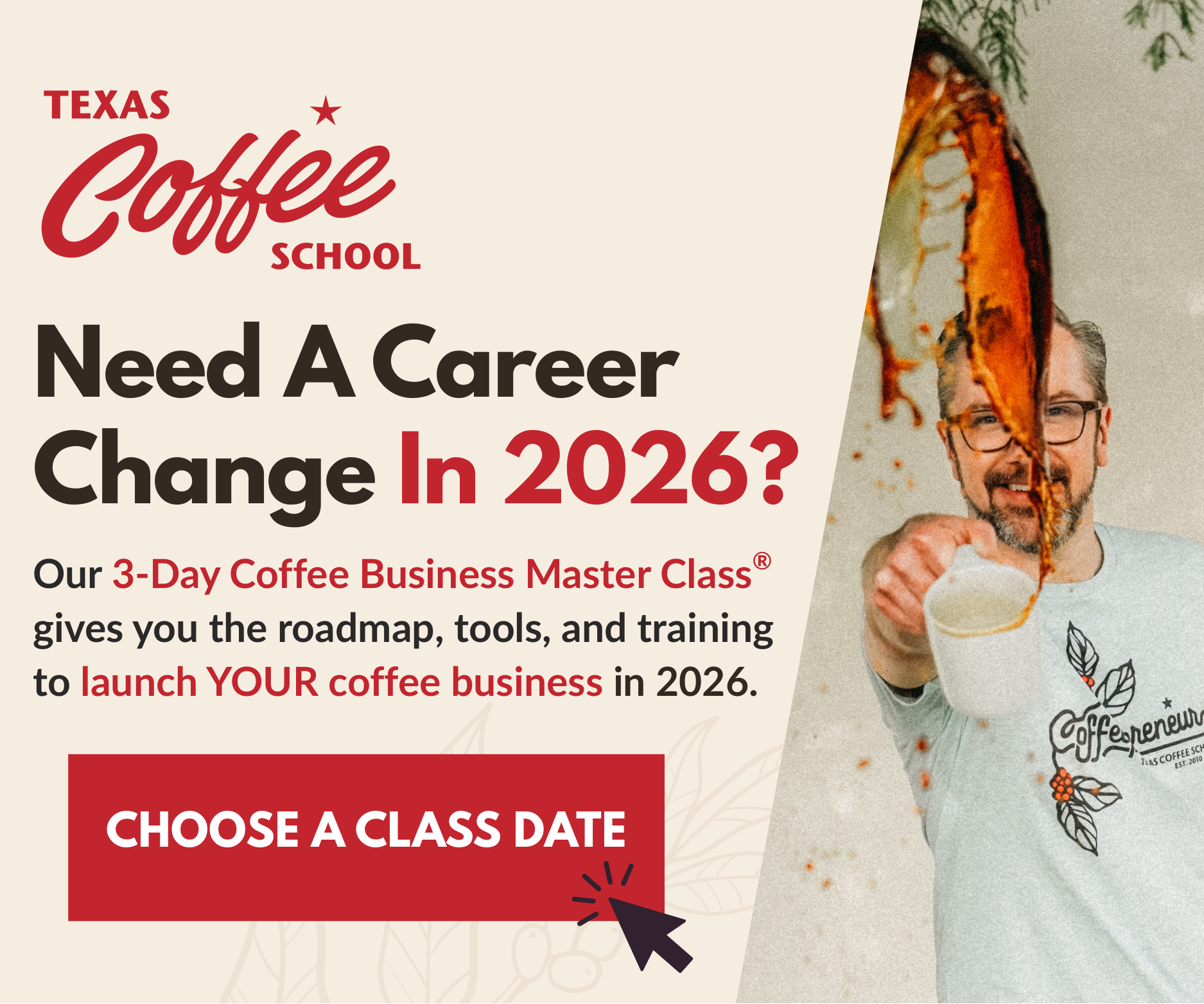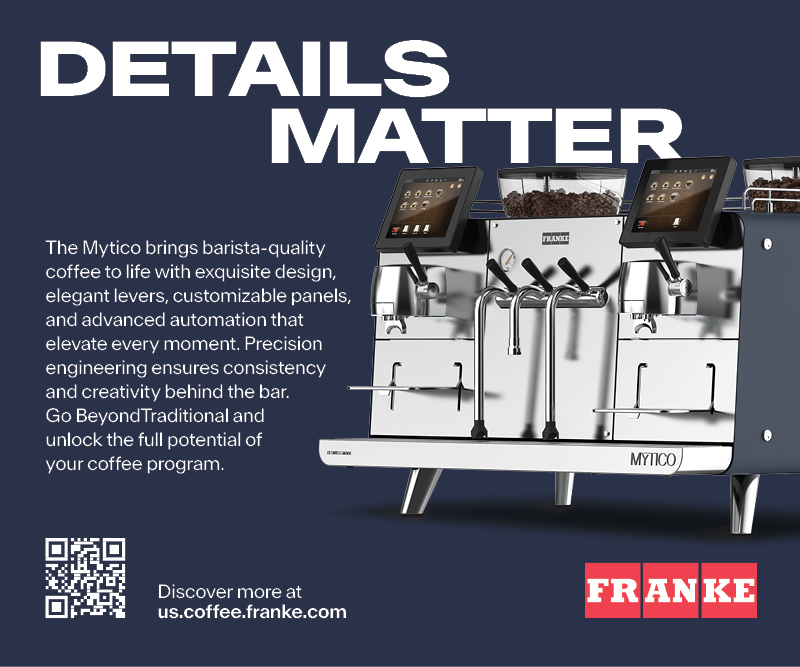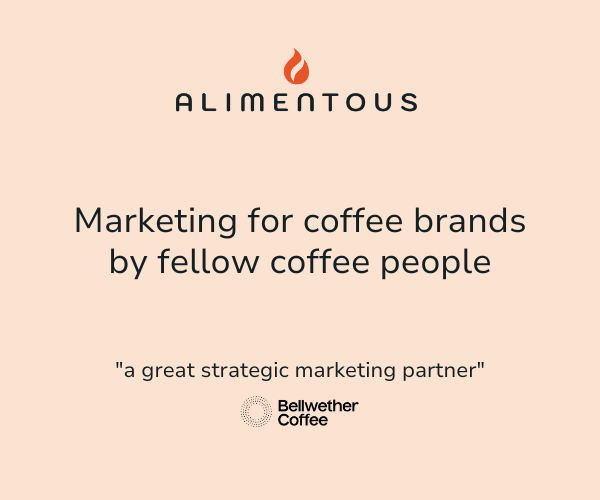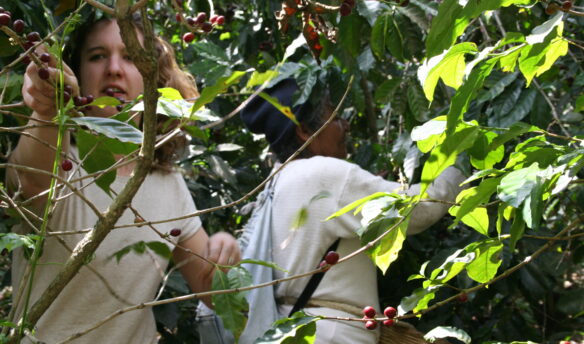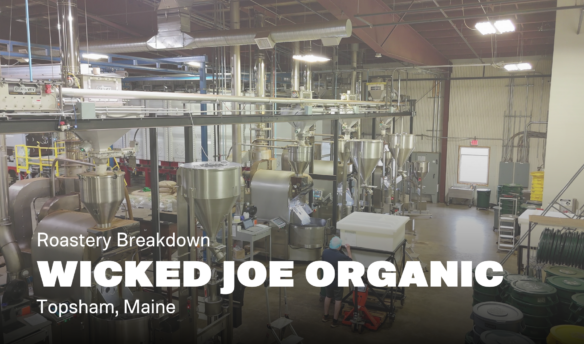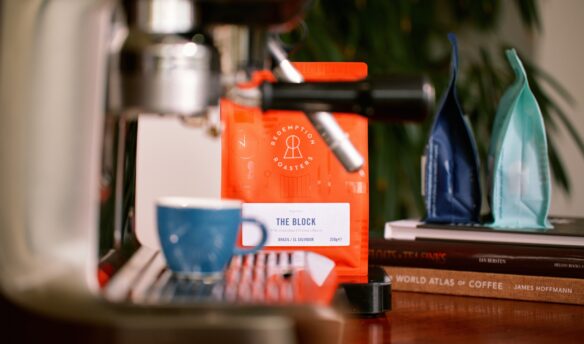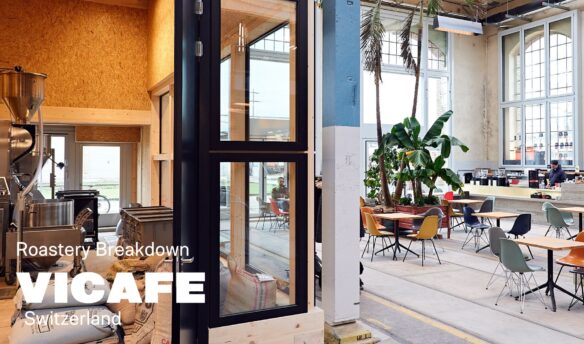Back when I was a barista and coffee shop manager, I’d receive dozens of sample bags from hopeful coffee roasters vying to be our wholesale partner. They’d often arrive unannounced, usually accompanied by an earnest note expressing interest in working with our shop.
I always appreciated the gesture and enjoyed brewing these coffees, but there was an uncomfortable truth: We weren’t going to switch roasters. Each time I brewed one of these gift bags, I felt guilty knowing that someone had invested their time, resources, and hope into what was essentially a shot in the dark.
Many roasters across the country conduct wholesale sales in the same way. They ship their coffee to cafes, crossing their fingers that they’ll catch a business at the exact moment it’s considering changing roasters, or that something they’ve sent will convince a decision-maker to break an existing wholesale partnership.
In recent years, as I’ve interviewed both roasters and cafes, I’ve frequently heard how inefficient this “spray and pray” process is. Roasters say they struggle to find qualified leads: cafes and other buyers that are actually in the market for a new partner. And coffee shops have difficulty sourcing trusted roaster recommendations. It’s challenging for both parties to connect at just the right time.
I wanted to take what I know from my own marketing and sales background and create a tool that addresses how difficult it is for roasters and coffee businesses to find one another. So last year at Fresh Cup, we launched RoasterLink, a matchmaking program that helps active wholesale buyers connect with good-fit roasters that align with their values and needs.
Since we launched the program, we’ve worked with more than 50 coffee roasters and 1,000 wholesale buyers, generating 120 new wholesale partnerships.
Want to get matched? You can sign up here as a wholesale buyer, or here as a coffee roaster.
The concept is simple. Lindsey Simpkins of Mudhouse Coffee Roasters, a roaster in the program, likens RoasterLink to “a dating app for wholesale buyers and vendors.” She says Mudhouse joined the program because “RoasterLink provided opportunities we otherwise wouldn’t have even had an opportunity to come across. Most of the wholesalers are chasing down customers. However, what is nice about this is the customers come to you.”
For Simpkins, RoasterLink has created an avenue to connect with active buyers who are otherwise elusive, because they are not actively advertising that they are looking for a new or replacement coffee partner. “It has supported us by providing us opportunities and prospects we otherwise wouldn’t have come across,” she says. “It has brought us clients who are serious about what they are looking for.”
It’s now been a full year since we launched RoasterLink, and we’ve learned valuable lessons about what makes these connections work along the way. Read on for our key insights into the steps roasters (and buyers) can take to make wholesale sales efforts successful.
Sales Discipline is the Leading Indicator of Success
Part of the appeal of RoasterLink is that we bring buyers to the table who are actively looking for a new coffee partner. Businesses seeking a roasting partner fill out a form that details their business goals, opening stage, and coffee supplier needs. Then we look at profiles from roasters and match the two parties according to location, products, services, and a variety of other attributes.
In theory, it’s easier to understand and close these potential clients since they are volunteering so much information about what they are looking for. That said, we weren’t sure how much “chasing” would be required for roasters to actually close new accounts. We didn’t know if just matching a roaster and a buyer would be enough to facilitate any future action—or what else might be necessary to make a partnership happen.
We quickly realized that, even when a buyer gives us a wealth of information about their goals and what they want in a partner (signaling high engagement in the process), roasters still need to be disciplined in their outreach. We observed that it often takes multiple calls and touchpoints from roasters to make a lasting wholesale connection.
Most importantly, we saw that how a roaster attempted to connect with a potential partner was the defining factor of sales success.
[RoasterLink] has supported us by providing us opportunities and prospects we otherwise wouldn’t have come across. It has brought us clients who are serious about what they are looking for. Lindsey Simpkins, Mudhouse Coffee Roasters
In fact, roasters who prioritized email underperformed by a wide margin compared to roasters who consistently called potential leads. In many cases, we heard from both buyers and roasters that they hadn’t been able to get in touch with their matches, even when both parties were trying to make contact.
What we learned is that RoasterLink can fast-track the lead-generation process, but there’s still no way to shortcut sales. Calling is essential and multiple touchpoints are critical. Even when a buyer is highly engaged, roasters who chase are roasters who close.
The More Personable, the More Successful
Through performance surveys with our roaster partners, we can see that calling is a clear indicator of success. But we also observed something that’s not as easy to quantify: that the more personal, warm, and helpful the roaster’s approach, the better their performance.
Most buyers are in the process of investing large amounts of money to start a coffee business, or creating a completely new program inside an existing business. In some cases, they are putting their life savings on the line. It really seems to make a difference when the roaster genuinely wants to support them in their dream.
Simpkins at Mudhouse has seen strong responses from buyers by being genuinely excited for their journey, and supporting them as much as she can—whether they become a client or not. “I LOVE hearing about peoples’ dreams coming to fruition, and knowing that we can be a part of that dream being a reality,” Simpkins says. “I hope that even if they don’t choose our company to be a part of their journey, they take a little bit of the knowledge and passion we provide into their decision-making.”
Buyers Need a LOT of Education
When we first start working with buyers, we ask them to fill out a detailed form that gives us a strong sense of their expectations and goals for a wholesale partner. However, roasters frequently report to us that buyers indicate preferences that are unrealistic, misguided, or just guesswork.
For example, a buyer looking to create a private-label coffee for $9 per pound with a roaster that prioritizes 90-point-plus coffees that fetch high prices. Or a buyer who anticipates selling 300 pounds of coffee per week, even though their business just opened on a sleepy neighborhood street. Or a buyer who plans to open a coffee truck in eight weeks, but hasn’t yet purchased the truck nor made plans to build out the interior to accommodate coffee service.
We saw the growth that we enjoyed last year in 2024 in no small part due to participation in the RoasterLink program. Brian Gumm, Ross Street Roasting
Most roasters have worked with hundreds of shops and businesses, so confirming pricing and volume expectations might seem straightforward. But it’s worth remembering that most buyers are doing this for the first time. We learned that buyers don’t always understand how the price of coffee relates to quality. We’ve also seen buyers underestimate the amount of time they need to open or start a coffee business, or the amount of coffee they’ll go through.
We have created educational materials to try to head off some of these common misapprehensions before buyers interact with roasters. Still, roasters will need to be clear about realistic pricing, timeframes, and other aspects of wholesale arrangements when communicating with prospective partners.
What the Numbers Tell Us
RoasterLink is a pay-per-lead program, which means roasters pay a flat rate for the leads they are matched with. Many roasters report on their progress regularly, and after poring over the data we’ve collected, we’ve seen consistent patterns emerge.
The average return on investment (ROI) for participating roasters sits steadily at 4.3x, though the common range is 2x to 6x. In other words, investing $1,000 into the program yields, on average, ~$4,300 in “projected new annual revenue” from wholesale clients gained via a RoasterLink match. A couple of outliers have seen even higher returns, nearing 10x.
Even if roasters don’t know the exact ROI, many have reflected that it’s clear RoasterLink has increased sales and saved time. “Knowing the new business that has come about and the amount of time that it took me to generate that new business with the help of RoasterLink, my dummy math ROI calculation is like, ‘Yes, good investment,’” says Brian Gumm of Ross Street Roasting.
Because roasters can determine how wide a net they want to cast when it comes to matching criteria, customer acquisition costs (CAC) can vary significantly. High-performing roasters with very precise matching criteria may receive 10 matches and close one new account from those matches (10% conversion rate), and end up with a $400–500 CAC. Other roasters that want a higher volume of broader opportunities may take 20 matches to close a new account (5% conversion rate), with a CAC nearer to $1,000. Compared to cold-calling, both scenarios in RoasterLink are preferable.
Gumm says RoasterLink cuts down on the need for other forms of outreach, like cold calls, which are much less effective in finding potential buyers. “It cuts the need to make like 20 calls to have one good conversation to maybe five or six conversations before I get one that actually turns into a pretty hot lead,” he says.
Roasters see an average 55–65% response rate from prospective buyers. Generally, roasters who are active with follow-up and multi-touch strategies achieve up to 75% response rates.
For time-constrained roasters like Gumm, this efficiency gain can be game-changing. “If I get matched with two buyers a week, that generally takes me an hour or two to initiate first contact, follow-up, and start conversations. And a handful of those conversations have led to real new business.”
Looking Ahead at Year Two
Following one year of successful operations, we’ll continue to evolve RoasterLink based on these learnings. We’ve completely rewritten our roaster profiles, refined our buyer questions, and built a new backend system that lets us deliver matches more quickly. But perhaps more importantly, we’ve gained a deeper understanding into what makes wholesale partnerships work.
For roasters like Gumm, the impact is already clear. “We saw the growth that we enjoyed last year in 2024 in no small part due to participation in the RoasterLink program,” he says. Gumm says his business might soon be profitable enough to sell, a goal he’s been working towards for the last few years.
The coffee industry has always been about relationships. What we’re doing with RoasterLink isn’t reinventing the wheel—it’s making connections easier to discover and nurture.


